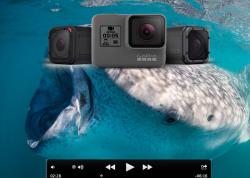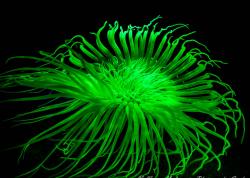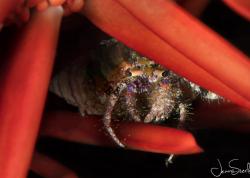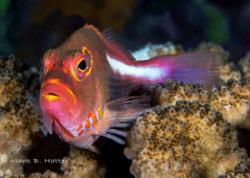Marelux SOFT Lite Snoot Review
Note from the Editor: The new Marelux SOFT Lite is now only 600 grams on land and completely neutral underwater! This is compared to the anodized aluminum, 790 gram SOFT Pro which is 210 grams underwater. Every generation of Marelux SOFT seems to get lighter, brighter, and longer lasting! This is a review of the new Marelux SOFT Lite by one of Bluewater Photo's happy customers.
For a number of years I experimented with a number of commercially available snoots while shooting macro photography. While each snoot had its merits, the ability to accurately control light from a strobe to the subject, each also was limited in its ability easily change the diameter of light projecting from the strobe.
Early generation snoots, like the Reefnet, Inon and others, required physically removing and replacing the “nozzles” on the end of the snoot to change the diameter of the controlled strobe beam. Second generation snoots, like the popular Backscatter Mini-Strobe, made beam diameter change easier via a perforated card which slides in a slot at the end of the snoot.
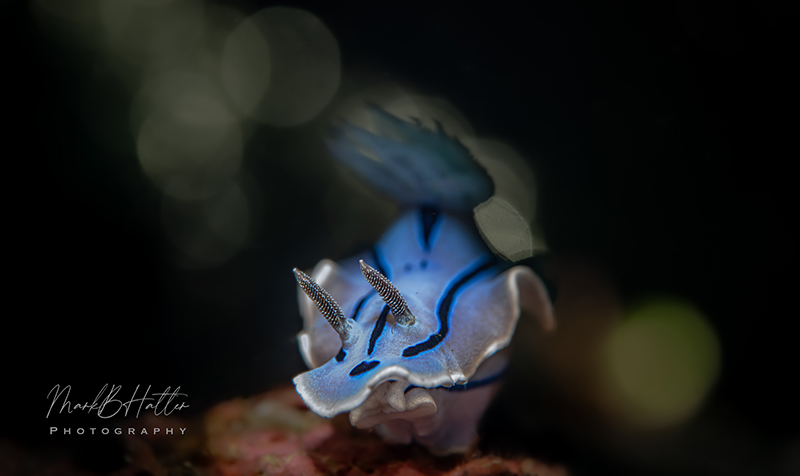
I own all three of these snoot types and have used them effectively over the years. However, even with the Mini-Strobe, I felt wanting for more control over the beam diameter emanating from the snoot. After all, the subjects we shoot are not all uniform in size, necessitating the need to readily and easily change the beam diameter while shooting realtime on a dive.
Marelux ingeniously solved the beam diameter control issue with their line of SOFT (Smart Optical Flash Tube) Pro snoots which offer an infinitely adjustable beam diameter from 3mm to 50mm. They achieve this by using an aperture dial on the side of their snoots, which performs like a pupil. At face value, this means that shooters can accurately snoot subjects both large and small and (everything in between) on a single dive by simply dialing the aperture knob.

Check out th Marelux Smart Optical Flash Tube (SOFT) Pro Snoot - 210 grams underwater, polycarbonate

Check out the Marelux Smart Optical Flash Tube (SOFT) Lite Snoot - neutrally buoyant in water, durable nylon
On paper, The SOFT Pro had everything I desired in a snoot, save one important attribute; weight. I travel with a lot of redundancy in my underwater kit for a myriad of reasons and one thing I want to avoid is adding more weight to my travel luggage.
The SOFT Pro, while beautifully constructed, is manufactured out of metal, which adds weight both above and (just as importantly) underwater. So I resisted the siren call to purchase a SOFT, figuring I could continue to make due with my Mini-Flash.
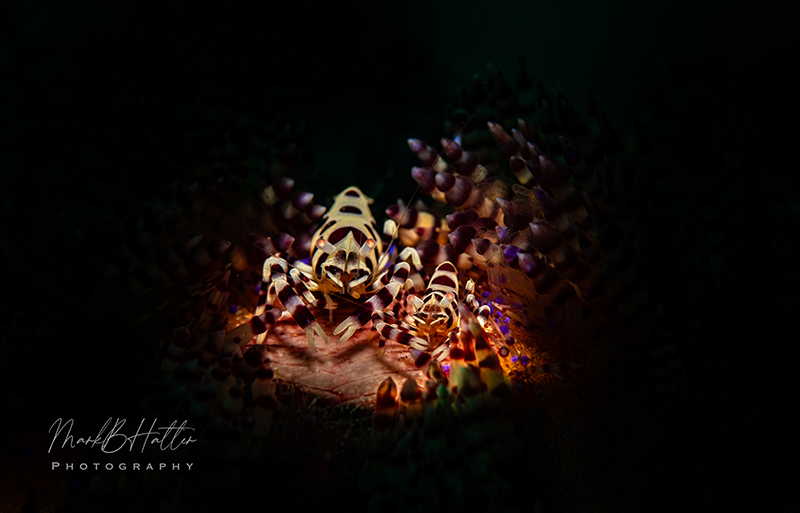
However, that all changed when I visited the Marelux booth at DEMA and discovered that the weight concern of the SOFT Pro had been recently, directly addressed by Marelux. Stanley at Marelux introduced me to the not-yet-on-the-market SOFT Lite, a lightweight version of the SOFT Pro with added features.
On the SOFT Lite, weight savings is achieved via the snoot body’s construction; the SOFT Lite is fabricated out of nylon verses aluminum. The nylon body is significantly lighter than its aluminum counterpart and, according to Stanley, is nearly neutral buoyant in the water, requiring no trim adjustment (the original SOFT pro comes with a flotation collar to help offset the negative effect of the metal body).
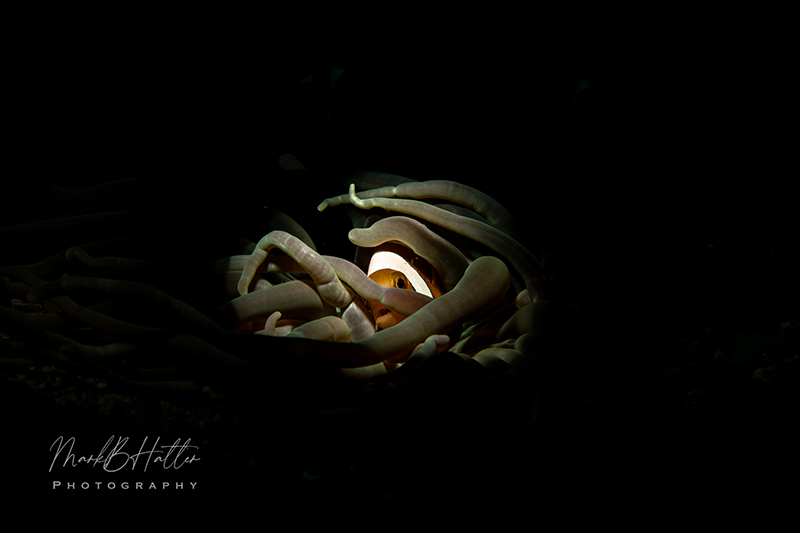
Added features include the use of a longer lasting 5000 amp/hr rechargeable nickel cadmium battery (the SOFT Pro uses a 3500 amp/hr battery) and three options for beam color, red and white (XR-W version), just white (XW version) or just red (XR version). As with the original SOFT Pro, it has an adjustable pupil.
With a pending trip to Anilao, arguably the macro capital of the world, I was champing at the bit to get my hands on the new SOFT Lite XR-W. Three days before my trip, the SOFT Lite XR-W showed up at my doorstep with the Inon Z240 strobe adapter allowing me to use it with my Inon strobe.
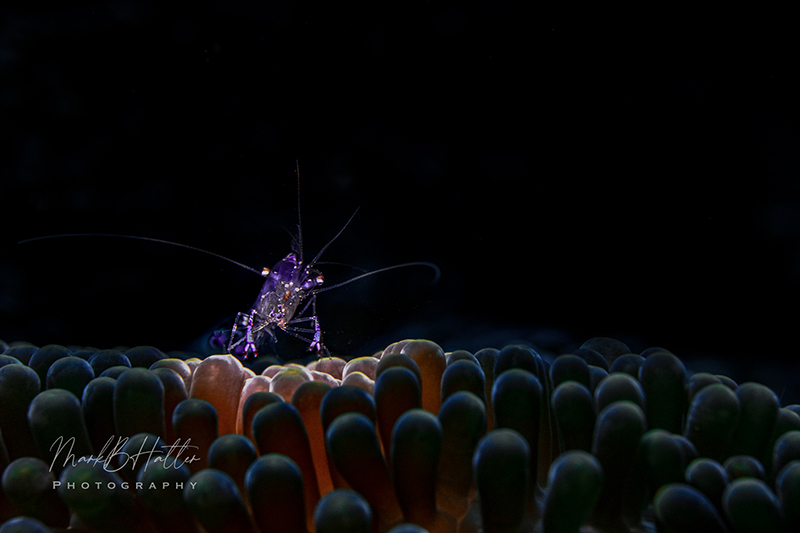
Wanting to validate my intuition that the Marelux SOFT Lite XR-W was almost as light as my first generation Mini-Strobe, I physically weighed both (with the battery installed) and found that the SOFT Lite XR-W was a negligible 1.6 ounces heavier. From a travel perspective, this is exactly what I had hoped for.
Deployed on my Inon Z240 strobe with the same floatation arm configuration I use with my Mini-Strobe, I was more than pleased to find that the Marelux SOFT Lite XR-W with my Seacam housing, 60mm macro and a +10 diopter, had the same underwater balance as my Mini-Strobe Configuration.
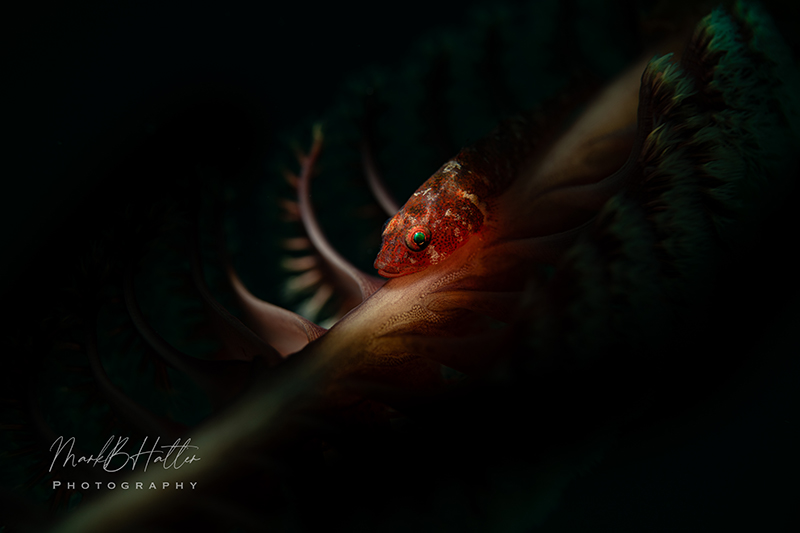
The first task of snooting is to realign the snoot beam and the lens underwater. It seems like an easy task, however, the light source from the SOFT Lite XR-W is nearly impossible to see in shallow water under bright ambient light. To be fair, all snoots suffer this same dilemma requiring the shooter to defer alignment until they reach a depth where the ambient light does not drowned out the snoot aiming light beam. For me in Anilao, on a sunny day, that depth was about 45 feet.
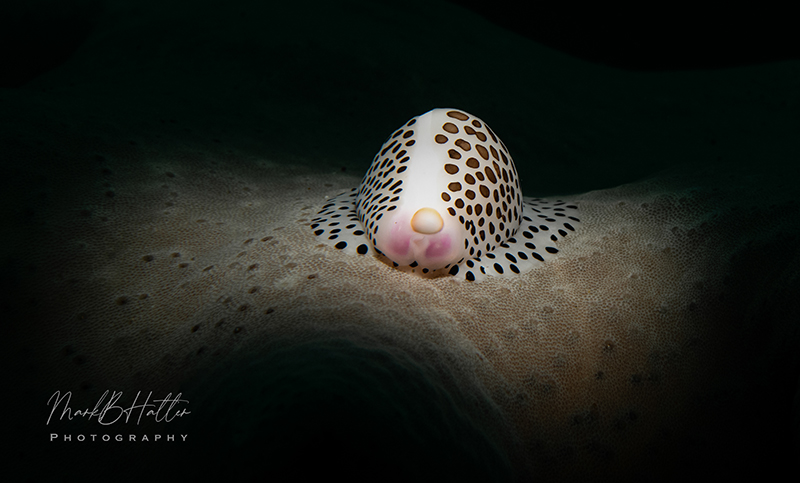
One might objectively imply that employing snoots in shallow water is therefore impossible due to ambient light overpowering the snoot aiming light. However, while more difficult, there is a technique which can be used to overcome this problem provided the alignment of focal point and beam is locked in: find the beam lens focal point intersection and disable the auto-focus function on the camera. Then, rock in and out on your subject to find focus before firing the camera. If the focal point/snoot beam remains aligned, you can successfully shoot with snoots (as I’ve done with my other snoots and, I did with the SOFT Lite XR-W) in shallow water.
Interestingly, I discovered that using the SOFT Lite XR-W’s red beam (which is quite effective at depth) in shallow water, I could see the red beam in much brighter ambient conditions than I could the snoots white beam.
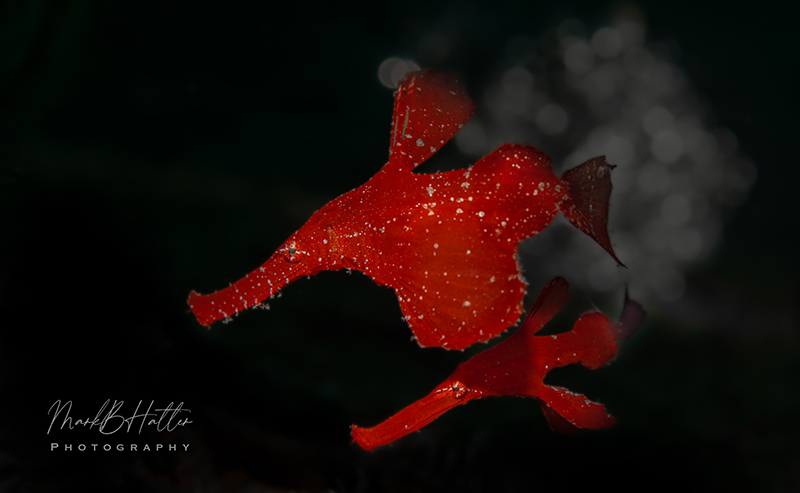
That all said, the real advantage of the SOFT Lite XR-W over all of my other snoots was the ability to dial in the beam diameter. From small subjects to large, the SOFT Lite XR-W’s infinitely variable pupil diameter shined. The ability to simply turn the aperture dial on the snoot to change the beam size to perfectly fit my shooting desire was immeasurable.
With regard to beam diameter, like all snoots, there is a focal distance where the snooted beam is the sharpest. It is up to the shooter to define how close, and consequently, how sharp the defining edge of the snoot beam will be. The closer the snoot is the the subject, the sharper the light edge (less diffuse) will be and vise versa. A shooter simply needs to play with the distance to subject equation to decide what type off beam edge they desire. It is important to note that any snoot, including the SOFT Lite XR-W will need to be realigned if the shooter wants to move the snoot closer or further from the subject.
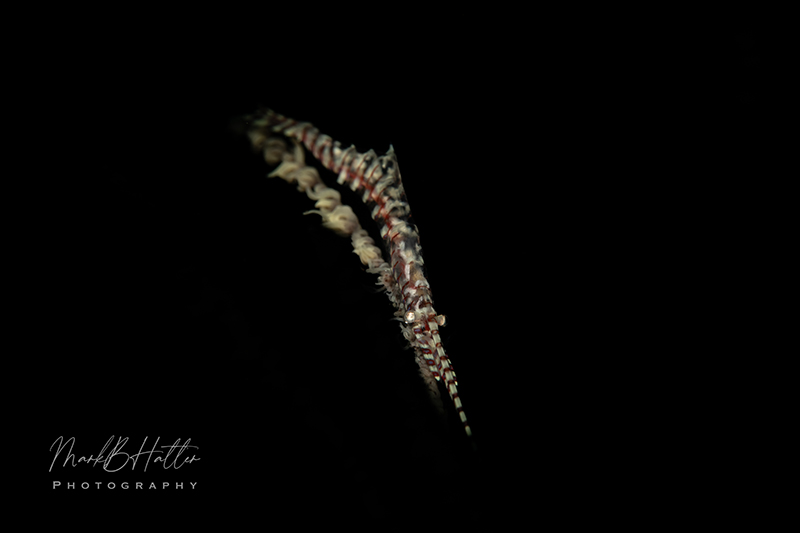
It is also important to understand that strobe intensity will change with beam diameter changes and distance to subject changes, necessitating a change in strobe power or camera light settings. In my case, once I selected the “fall-off” or beam edge sharpness I desired, I locked everything in and just adjusted the beam diameter as I came across subjects to shoot. Since it was easier for me to make camera setting adjustments verses strobe power adjustments, I found the right exposure for a medium beam diameter during my initial test shot then, changed ISO settings in my camera to account for exposure changes associated with beam diameter changes leaving aperture and shutter speed fixed.
As a bonus, the quick release bayonet adapter mount allowed me to change from snoot shooting to full strobe macro shooting on the few occasions where I did not want to shoot the subject with the snoot. And, it was easy to re-lock the snoot back onto the strobe underwater once I was finished shooting without it.
What is my summary assessment of the Marelux SOFT Lite? Well, upon returning from Anilao, I immediately purchased the loaner snoot. Anyone looking to buy a used Mini-Strobe?

Marelux Smart Optical Flash Tube Options:
- Marelux SOFT Lite Snoot
- Marelux Smart Optical Flash Tube
- Marelux Smart Optical Flash Tube Professional (SOFT Pro)
- Marelux Smart Optical Flash Tube (SOFT) Pro X Snoot
Marelux Smart Optical Flash Tube Packages
RECOMMENDED ARTICLES
SUPPORT THE UNDERWATER PHOTOGRAPHY GUIDE:
The Best Service & Prices on u/w Photo Gear
 Visit Bluewater Photo & Video for all your underwater photography and video gear. Click, or call the team at (310) 633-5052 for expert advice!
Visit Bluewater Photo & Video for all your underwater photography and video gear. Click, or call the team at (310) 633-5052 for expert advice!
The Best Pricing, Service & Expert Advice to Book your Dive Trips
 Bluewater Travel is your full-service scuba travel agency. Let our expert advisers plan and book your next dive vacation. Run by divers, for divers.
Bluewater Travel is your full-service scuba travel agency. Let our expert advisers plan and book your next dive vacation. Run by divers, for divers.




